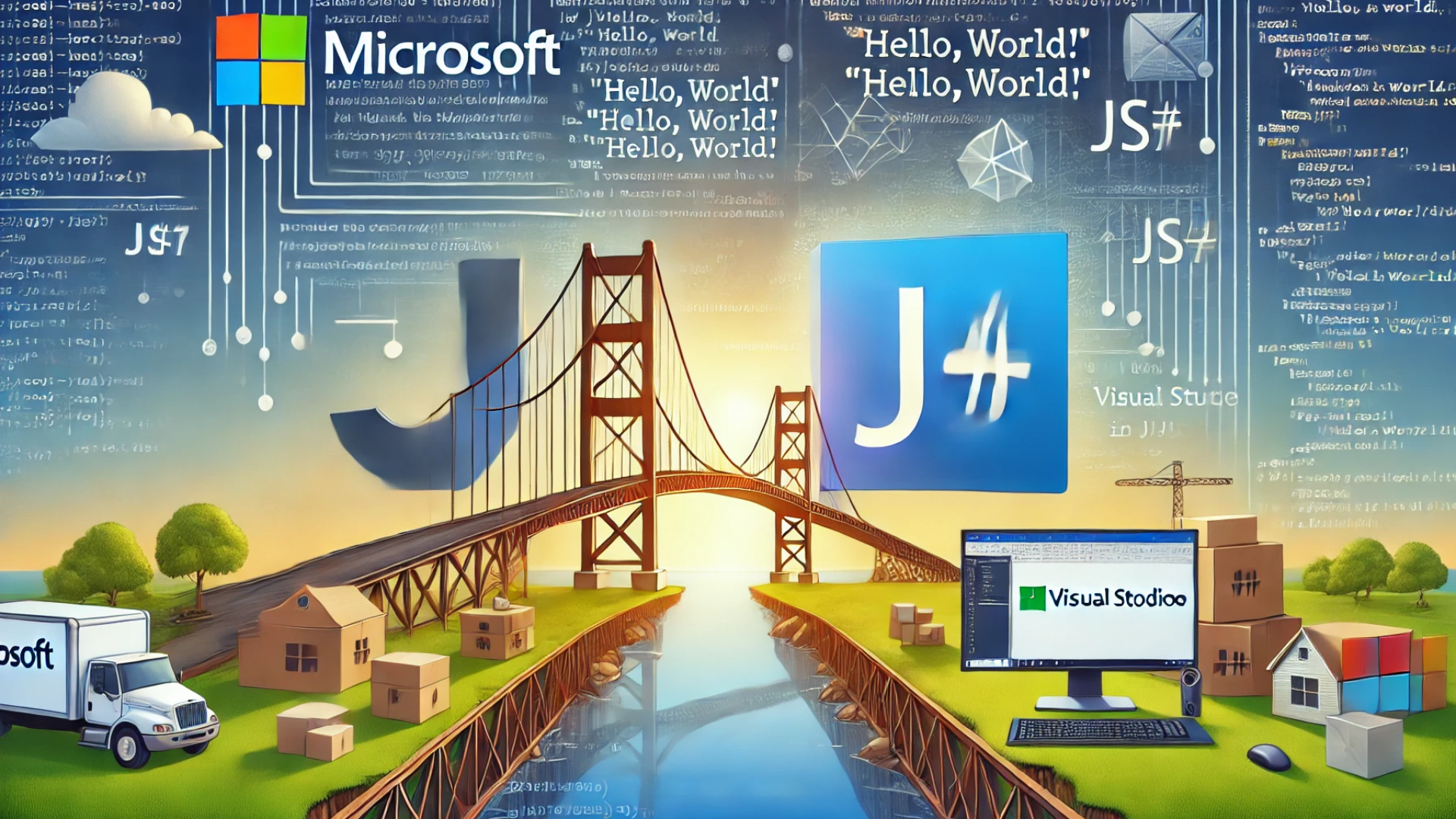
Ever wondered what J# is all about? Well, you’ve come to the right place! In this comprehensive guide, we’re diving deep into J#, a programming language developed by Microsoft. From its origins and unique features to practical applications, we’ve got you covered. Let’s get started!
What is J#?
J# (pronounced “J-sharp”) is a programming language developed by Microsoft. It was designed as a transitional language for Java developers moving to the .NET framework. J# allows developers to use their existing Java code and libraries while integrating with the .NET environment.
A Brief History of J
To understand J#, we need to take a step back in time. J# was first released in 2002 as part of Microsoft’s Visual J# .NET. It was aimed at providing an easy path for Java developers to transition to the .NET platform after Microsoft decided to stop supporting Java in its products due to legal issues with Sun Microsystems (the original creators of Java).
Key Features of J
J# has several features that make it unique:
- Java Compatibility: J# supports most of the Java language syntax and libraries, making it easier for Java developers to switch to .NET.
- Integration with .NET: J# allows the use of .NET libraries and services, bridging the gap between Java and .NET environments.
- Object-Oriented: Like Java, J# is an object-oriented language, which means it supports concepts like inheritance, encapsulation, and polymorphism.
- Exception Handling: J# includes robust error handling using try-catch blocks, similar to Java.
- Platform Independence: Initially, J# was designed to be cross-platform, but its usage has been primarily on Windows due to .NET’s prevalence.
Getting Started with J
Setting Up Your Environment
To start coding in J#, you’ll need:
- Visual Studio: The best IDE for J# is Microsoft’s Visual Studio, which includes all the tools you need.
- J# Redistributable Package: This package contains the J# libraries necessary for running J# applications.
Writing Your First J# Program
Let’s write a simple “Hello, World!” program in J#:
// Save this file as HelloWorld.jsl
import System;
public class HelloWorld {
public static void main(String[] args) {
Console.WriteLine("Hello, World!");
}
}To compile and run this program, open Visual Studio, create a new J# project, and paste the code into your main file. Then, build and run the project to see the output.
Practical Uses of J
Though J# isn’t as widely used today, it had several practical applications during its peak:
- Transitioning Legacy Java Code: Companies with large Java codebases found it useful for migrating to the .NET platform without rewriting everything from scratch.
- Educational Purposes: J# served as a learning tool for students and developers to understand both Java and .NET.
- Interoperability: Developers used J# to create applications that could interact with both Java and .NET components, leveraging the strengths of both platforms.
Pros and Cons of Using J
Pros
- Ease of Transition: Java developers can easily transition to .NET.
- Integration with .NET: Access to a vast array of .NET libraries and services.
- Familiar Syntax: Java-like syntax makes it easier for Java developers.
Cons
- Limited Support: J# is no longer actively supported by Microsoft.
- Windows-Centric: Primarily used on Windows platforms, limiting cross-platform capabilities.
- Outdated: Newer languages and technologies have surpassed J# in popularity and functionality.
Alternatives to J
If you’re looking for alternatives to J#, consider these languages:
- C#: The most popular language for .NET development, with extensive support and modern features.
- Java: Still a dominant language in enterprise environments, with robust cross-platform capabilities.
- F#: Another .NET language, focusing on functional programming.
FAQs
Q: Is J# still supported by Microsoft?
A: No, Microsoft discontinued support for J# in 2007. It’s recommended to use more current languages like C# or Java.
Q: Can I still use J# for my projects?
A: While you can still use J#, it’s not advisable due to the lack of support and updates. Consider transitioning to C# or another supported language.
Q: How similar is J# to Java?
A: J# is very similar to Java in terms of syntax and structure, but it integrates with the .NET framework, providing access to .NET libraries and services.
Final Thoughts
J# played a significant role in bridging Java and .NET environments, offering a smooth transition for developers during its peak. Although it’s no longer supported, understanding J# gives valuable insights into the evolution of programming languages and the importance of interoperability.

